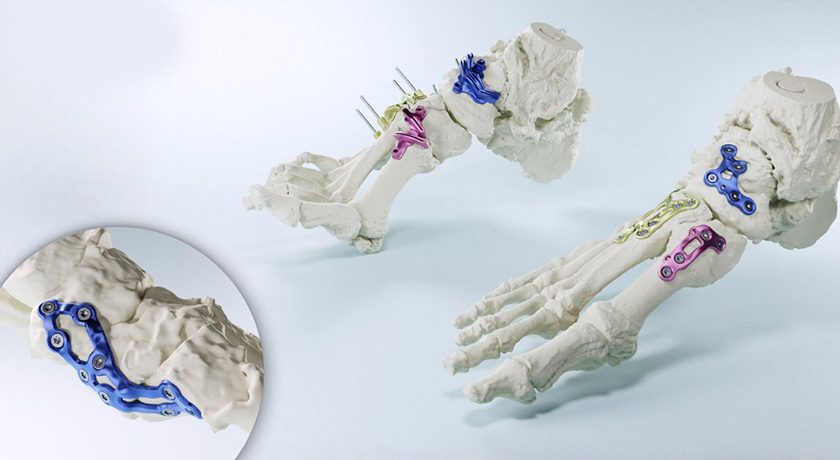
 Copy to clipboard
Copy to clipboard 
Studies indicate that, at 5 years, the activ-L® Artificial Disc from Aesculap Implant Systems had a protective effect on the progression of degenerative disc disease at adjacent levels in 91.2% of patients. The data reiterates the role of lumbar total disc replacement in delaying the progression of adjacent segment disease (ASD).
Previously, lumbar fusion had been reported to be responsible for a rate of ASD as high as 28.6% at 5 years.
activ-L received FDA Premarket Approval in 2Q15 for treatment of 1-level lumbar degenerative disc disease.
Sources: Aesculap Implant Systems, LLC; ORTHOWORLD Inc.
Studies indicate that, at 5 years, the activ-L® Artificial Disc from Aesculap Implant Systems had a protective effect on the progression of degenerative disc disease at adjacent levels in 91.2% of patients. The data reiterates the role of lumbar total disc replacement in delaying the progression of adjacent segment disease (ASD).
Previously,...
Studies indicate that, at 5 years, the activ-L® Artificial Disc from Aesculap Implant Systems had a protective effect on the progression of degenerative disc disease at adjacent levels in 91.2% of patients. The data reiterates the role of lumbar total disc replacement in delaying the progression of adjacent segment disease (ASD).
Previously, lumbar fusion had been reported to be responsible for a rate of ASD as high as 28.6% at 5 years.
activ-L received FDA Premarket Approval in 2Q15 for treatment of 1-level lumbar degenerative disc disease.
Sources: Aesculap Implant Systems, LLC; ORTHOWORLD Inc.

You’ve reached your limit.
We’re glad you’re finding value in our content — and we’d love for you to keep going.
Subscribe now for unlimited access to orthopedic business intelligence.
JV
Julie Vetalice is ORTHOWORLD's Editorial Assistant. She has covered the orthopedic industry for over 20 years, having joined the company in 1999.







